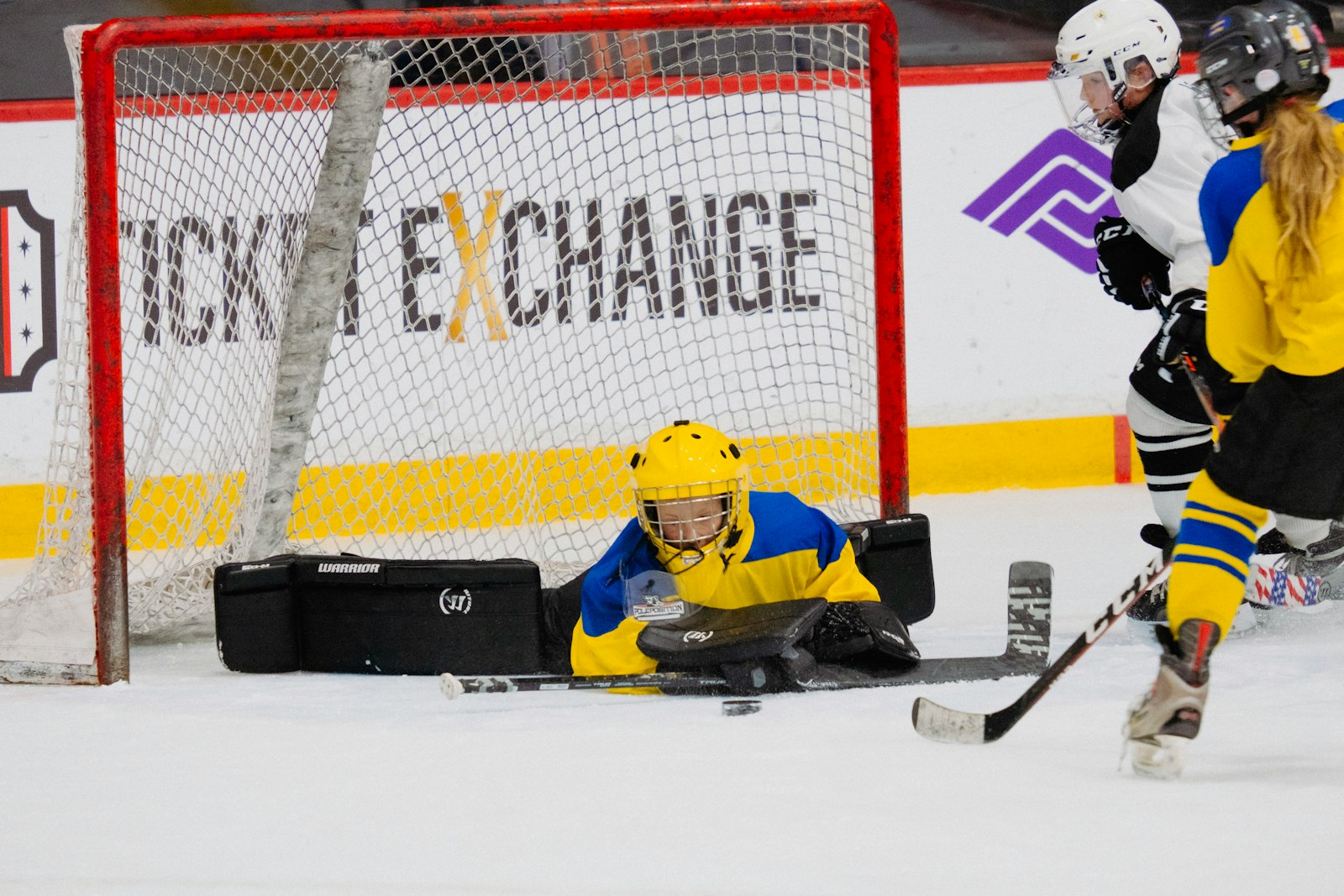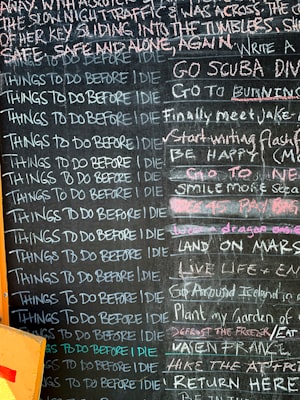The 2023 NHL draft is now over, and we know the three players that the Maple Leafs added to their prospect pool. All I've done is read some draft profiles and scouting reports, and watched some highlight clips. I wanted to share some sober but still early thoughts on how I think Toronto did with them.
First, let's start with some quick notes on each of the three prospects Toronto has taken. After that, I'll talk about the strategy and process Toronto seems to follow.
Easton Cowan
Cowan seems neat. He gets good reviews for his skating, effort, smarts and playmaking. He played on a deep London team that came close to winning the OHL championship, and didn't seem to get a lot of powerplay time until the playoffs. Coincidentally, the playoffs is when he went on a run scoring at a point per game, where in the regular season he was under that. That's also when his shot rate went from 1.75 in the regular season to almost double that at 3.25 per game in the playoffs.
I've seen some comments from scouts and Toronto's people about how they think he'll still grow a couple of inches from 5'10" to 6'0". That would certainly help him, though I want to stress I am not that concerned about being "only" 5'10". 170 lbs is already a pretty good weight to have, but adding more room to grow and fill out will help him with his style of play.
Some of the comments in EP's draft guide remarked that he "doesn't rely on advantages that he won't have at the next level", which is a fancy way of saying he plays a "pro-style" of hockey. He's not your typical junior offensive star who can rely on simple skills like pure straight line speed and perimeter skill to beat defenses. He has really strong tracking data when it comes to those "boards to middle" plays that I've started paying more attention to because of Matthew Knies.
All this is to say that I am pretty sure, once I dig into Cowan more, that I will like Cowan – in fact, I may like him a lot. But I do have some concern with the process behind the pick, but I'll get into that later.
Hudson Malinoski
Malinoski seems like an odd pick at first glance. A D+1 overager in a lesser junior league in Alberta? Who hadn't played above AAA until this past season? He was 3rd on his team in scoring, and 11th in the league – but 3rd in the league for his birth year or younger.
He seems a bit like Minten, though not nearly at the same level obviously. But he has some size, he looks more consistently good as a playmaker but also shows off a wicked shot he mostly uses as a weapon on the powerplay. In fact, like Minten it's the powerplay where he did most of his damage – 45 of his 69 points came on the man advantage.
EP remarked that he has some power elements to his game, and is a high effort guy everywhere on the ice. That effort level, power game, and powerplay impact seems good, but they also remark he'll need to further develop his skill and refine his skating.
Love love love the Hudson Malinoski pick by Toronto. Lost a ton of development time due to a freak incident that caused a torn vertebral artery. Big shooter. Great vision. Was terrific at this year’s WJAC. Project but like the upside. #NHLDraft2023
— Brock Otten (@BrockOtten) June 29, 2023
Malinoski, was a re-entry that didn't play above AAA until this year, and missed virtually all of his D-1 season due to a freak injury where he wasn't sure he'd ever play hockey again, which is likely why he was still playing in AAA in his draft year. This year he played big role on the AJHL's best team and did well. He played for Team Canada on one of their two U19 World Junior A Championship teams and did great (4 goals, 7 points in 6 games). Does he have a later development path with more room to improve his game as a result? That seems to be the logic Toronto was following with Minten, Cowan and Malinoski.
Noah Chadwick
Honestly, this may be my favourite pick relative to where in the draft the Leafs made their selection. At 185th, you're looking at reeeeeaaaaaaaal projects and long shots. Chadwick was drafted into the WHL back in 2020, where he was 6'0" and 150 lbs. Now he's 6'4" and 187, so he's done some late growing with plenty of room to fill out his pretty lanky frame.
His tracking data looks good, if unspectacular. He profiles as a strong playmaker, and has a high success rate but low volume of controlled zone exits and entries. Defensively, he is very good at denying zone entries using his size and smarts. He got rave reviews for being an intelligent defenseman, both with the puck when making offensive plays and on defense. Skating is a problem he's going to have to work on, which is something we can trust Toronto's development staff to help a lot with.
Noah Chadwick offence clips. Lots of great details: moves through pass receptions, fakes, passes inside/cross-slot, uses the weak side and jumps into space off-puck, patient. There's a lot more upside here than the points suggest. pic.twitter.com/Vb5rriOGtW
— Mitchell Brown (@MitchLBrown) June 29, 2023
From the sound of it, Chadwick exemplifies the kind of pick that Toronto likes. He has a fair amount of skills as far as his abilities with the puck, but it's his decision making that really shines through. It's on Toronto's development team to help him improve in a few key areas that will hopefully help unlock his game. That's the kind of late round swing I love.
Toronto's Draft Process
So this is where I feel a bit... uncertain. Toronto under Dubas has always done what they could to find 'hidden gems' in the draft by finding kinds of players who are undervalued.
Smaller players, re-entry players, under-scouted leagues or players, or players who lost important parts of their development due to freak injuries? Toronto has continually used those criteria to find interesting swings.
Aside from things like that, there are also certain kinds of skills and tools that Toronto has been known to look for. The one that has been the most consistent is players that Toronto calls "smart" in various ways, where they seem to play better than the sum of their parts because they have the brains to get the most out of their skills.
Recently, Toronto has apparently have started using two relatively new strategies. Toronto now seems to target players who have a more obvious "upwards trajectory", such as players who maybe don't have really sexy point totals but who had very strong second halves to their seasons and really good playoff runs.
Knies and Moldenhauer are both past examples of that, but I think Fraser Minten exemplifies this the most. He had just an okay season points-wise playing a middle six role on a deep team, but he had a very strong end to the regular season and a point per game playoff run. His final draft rankings rose as a result, but Toronto took him even earlier than that.
Sound familiar? That was the case with Easton Cowan, who had a similar trajectory to Minten in that regard. Another similarity is that both Minten and Cowan didn't get a lot of exposure because of the pandemic. Minten and the WHL barely played in his D-1 season, so he didn't have a lot of hype going into his draft year. Cowan in Ontario dealt with a similar issue in his D-2 season, and of course played on London's farm team last year.
What's the Problem?
To be honest, I don't know if there is any problem, but I'm starting to wonder. Wes Clark was quoted today as saying he had heard other teams were equally high on Cowan, which likely is why they decided not to trade down. Cowan was their in that range, and they didn't want to risk not getting him even if they got more picks to get multiple prospects instead. I can't really knock them for doing that, because it was the same logic they used when taking Matthew Knies – who also seemed like an odd pick at the time.
I think the last two years is where I've started to feel less certain. They've still been taking players I ultimately like. Where I think I'm questioning this "process" the most is with their top picks. Using the attitude for finding value and hidden gems makes sense in later rounds where you're finding a reason why they weren't taken earlier. But for first round picks, well why would you need to find a hidden gem when you're already walking through a jewelry store? You're already surrounded by diamonds!
The last two drafts, they have passed on a variety of prospects that I thought were better than both. There were a bunch of prospects taken after them, like Julian Lutz, Seamus Casey, Tristan Luneau, Elias Salomonsson, Gleb Trikozov and Lane Hutson last year or Brindley, Felix Nilsson and Oscar Fisker Molgaard this year. Some of them were more high skill, high risk/high reward players. But others very much fit the mold of smart and skilled with a strong upward trajectory of their development this year. They were available, they fit the same kind of mold – at least to me, perhaps only on a superficial level – but I think as of now they're better prospects.
I guess what I'm coming to wonder is... are they becoming too tunnel-visioned on this strategy and process and passing on "the best player available" as a result? Let me be clear, I don't know if this is the case – but I am starting to wonder. It's easy for me to sit here and backseat scout them. There's no stakes if I'm wrong, after all.
Two years is not enough time to tell if it's a problem or not, but these picks seem... safe. It's one thing to look for hidden gems in the late rounds where they might turn into a useful NHLer. But looking for those same kinds of players with your top picks is a strategy that I'm not sure I agree with – if that's what they're doing. They could still be thinking that Minten and Cowan have untapped potential that their skills coaches can unlock and turn them into solid middle six, impact players. That's about average for what you should expect to get out of a late first/early second pick. And, in the end, maybe to them that makes Minten and Cowan worthy of being picked that high, even over other players who were already at that level. In a way, it's a more risky/less safe strategy, rather than being "safe" picks like some think.
This is why I'm just uncertain now instead of actively casting doubt. I think, to me the problem is I can't follow or understand the logic with the high picks like I can with the later round picks. And that's something I'm going to have to think about and question if that's a me problem or a Leafs problem.
The Defense Problem
On a less serious note, I want to talk about Toronto's drafting when it comes to defensemen. I was pretty sure going into this draft that I was going to write about this, because I've been thinking about it since the 2022 draft was over – and that's how the Leafs' drafting seemed to have gone very away from defensemen the past three years.
Until Chadwick, Toronto had not drafted a defenseman since 2020. If they hadn't taken Chadwick, it would have been three straight drafts without taking a single defenseman.
Granted, they didn't have a lot of draft picks to use since 2020. But in Dubas' first three drafts from 2018-2020, he drafted almost as many defensemen (11) as forwards (14). And then in the three drafts since then, Toronto has taken 8 forwards and only one defenseman: Chadwick, who was their very last pick of the draft. If you dig into it deeper, you can see that Toronto has not drafted a defenseman above the third round since 2018 when they took both Sandin and Durzi.
It is starting to remind me of the issue Dubas had early on with drafting goalies. They weren't taking them very often, and the ones they took kinda sucked. That was identified by a problem, to the point they revamped their goalie staff from the junior scouting up to their NHL team. And since then they've taken a goalie in three straight years who seem at least somewhat interesting.
If they made it three drafts in a row without taking any defensemen, I was honestly prepared to say that they may need to do a similar change of how they scout and draft defenseman. While that's been partially mitigated from Chadwick being taken, I still wonder if that's the case. One of the reasons why I was pleased when looking into Treliving's draft history is specifically his ability to find good defensemen: Rasmus Andersson, Oliver Kylington, Adam Fox, Juuso Valimaki, plus Yan Kuznetsov and Jeremie Poirier more recently.






